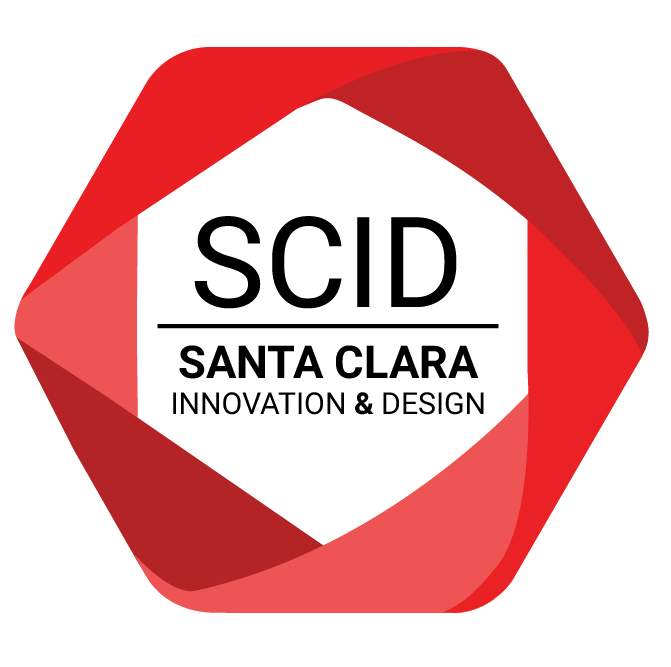
Creating a Culture of Innovation
Coffee gained popularity in 17th Century England and “coffeehouses” started sprouting all over London. Open to all men and indifferent to social status, these coffeehouses became public social spaces to learn the latest news and to debate new ideas. Such was the impact of this rendezvous that historians often associate these coffeehouses with the Age of Enlightenment, an intellectual and philosophical movement which laid the foundation of contemporary Western political, social, and intellectual culture. For us, the question to ask is “how do we build a similar powerful platform for channeling creativity and creating and deepening a culture of innovation across SCU?”
Let me share our experience at the Santa Clara Innovation & Design (SCID) club. Established three years ago as a substitute for a lacking Product Design major, the club soon broadened to teaching fundamentals of design and design thinking. We then started working on problem solving activities, where we would identify a problem, for instance “Stopping the spread of childhood obesity” or “creating a product to aid travel” and brainstorm ideas and solutions in groups. SCID began transforming into the equivalent of the 17th century coffeehouse, filled with brilliant people and brilliant ideas. The club filled a void for people wanting to solve real life problems. Even more remarkably, SCID started successfully attracting the attention of non-engineering majors. Within a short span of its genesis, SCID has become one of the largest clubs at SCU. The obvious next step for the club is to scale this “coffeehouse” and bring its culture to the rest of the campus. Enter the “Designathon”.
The proposed Designathon is a hackathon style event that asks students to work together and use Design Thinking to come up with new ideas and innovations that could change the way that we interact with the world around us. The competition consists of a brainstorming and ideation segment where teams will work together to create a new product or service. Thereafter, students will create an implementation plan for their product or service to demonstrate how it will be introduced into the market place. Finally, the teams will present their ideas in a business pitch style presentation to be judged by highly qualified professionals.
So what is Design Thinking? It is a human-centered approach to innovation used to create products or solutions that are technologically feasible and economically viable. Design thinking taps into our common sense abilities that get overlooked by more conventional problem solving practices. Steve Jobs was quoted as saying “people don’t know what they want until you show it to them.” The iPod was born as a result of design thinking. Similarly, Airbnb was on the verge of bankruptcy, when the founders eventually realized that their lack of success was due to poor quality images on their website. They rented a camera to replace these pictures with beautiful resolution images, which helped it to become the successful company it is today. Design thinking solutions are not just restricted to commercial products. An effective example of solving social problems is the WaterWheel, a product designed for rural Indian women to help them carry water in a round 50-litre container which doubles as a wheel the rural women can roll this container much easier than carrying water on their heads as they used to before.
We strongly believe that the diversity of participants will help the design thinking process. To achieve divergent thinking, it is important to have multidisciplinary people—architects, artists, business majors, and engineers. Each team member will bring his or her unique perspective and expertise to the team, widening the range of possible outcomes. If you want a breakthrough idea, you’re more likely to get it with a diverse team.
The Designathon is the primary step towards creating and promoting a culture of innovation and design at SCU. Simulating a start-up culture will help forward our goal of building “out-of-the-box” thinkers at SCU. Students here truly care about the world and the many day-to-day problems that our societies face, and this initiative will be another step to empower them to contribute effectively.
To register for this year's Designathon, please click here!